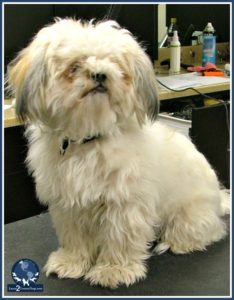 How many times a week do you deal with a matted dog? If you are like many of us, it’s more than once. For some, it might even be a daily occurrence.
How many times a week do you deal with a matted dog? If you are like many of us, it’s more than once. For some, it might even be a daily occurrence.
There are immediate questions that needs answers:
- How do you talk with the pet parent?
- How do you tell them they are not taking care of their pet properly?
- What are the consequences of their neglect?
- What can you do for them today?
- What can you do for them in the future?
As a professional pet groomer, we always need to remember – humanity before vanity.
Can you demat a badly tangled coat?
Probably.
Should you?
Not necessarily.
Once in a great while, a client will have a legitimate reason why their dog is in poor condition. Occasionally, I will demat a dog if I sense it’s a one-time occurrence. I know the tricks to get a dog detangled relatively quickly. I have the skill, products, and tools to do it safely and humanely. However, there are two main reasons why I won’t always do it.
- The dog has a low pain tolerance.
- The client will not appreciate the work.
Here’s a perfect example. Years ago, I had a Bichon owner who always brought her dog in matted. This Bichon had a dense, curly coat. She was a regular six-week client. The owner was always immaculately presented when she dropped her dog off – the clothing, the hair, the makeup, the shoes, the jewelry, and nails. You get the idea. Oh, and she drove a Cadillac.
This was a woman who was used to getting her way. Her dog was always on the edge of whether we could brush it out or not. She never brushed the dog at home between groomings. The dog was a great advanced student dog. He was quite tolerant of the brushing process making him a super lesson dog.
One week she missed her six-week scheduled appointment. When she showed up two weeks later, the dog was trashed – matted all the way to the skin.
Crest. Head. Legs.
We told her we were going to have to start over. We would need to shave her Bichon down to the skin. He would be naked. It was the only humane option.
She was horrified. She couldn’t be seen with a naked dog! There must be some way to save the coat.
There was. She could get the dog combed out HERSELF and bring it back. But we were going to have to be able to sink the comb in all the way to the skin and pull it easily through the coat.
We gave her a thorough lesson. We even sent her home with the proper tools. We told her to come back when she felt her Bichon was totally combed out. Then, and only then, would we would give him his longer, fuller Bichon haircut.
She went home determined that she would be able to get him detangled. A few days later she returned. When we did the comb test, do you think he passed?
Not a chance. She watched the comb clearly get hung up in the coat on the first pass.
We told her to take the dog home and continue working on him.
Long story short, she returned six more times before she finally gave up. We shaved the dog with a #7F blade. We were able to leave a little tiny bit of extra coat on his head and a tiny bit of fluff on his tail. Everything else was naked.
When her sweet Bichon finally grew out about 12 weeks later, we set her up on a two-week maintenance schedule. She never missed another appointment. She learned her lesson.
Here are the three options for clients who bring you a matted dog.
- The pet parent needs to learn how to brush.
- The pet parent needs to learn to like it short.
- The pet parent needs to book more frequent appointments.
When faced with a matted dog, how do you have a conversation with the owner?
The conversation needs to be sincere. It needs to focus on what is in the best interest for the pet. You need to be sympathetic to the reasons why the dog got in this condition.
(Stop rolling your eyes… I can see you.)
When you speak with an owner, they need to understand there’s only so much we as groomers can do. The last thing we want to do is hurt, injure, or bring discomfort to their pet.
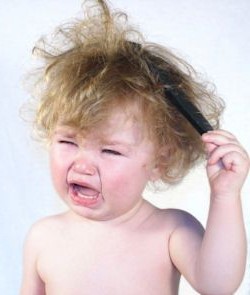 Dogs have the mentality of a two-year-old child. If their two-year-old child, grandchild, niece, or nephew came to them with their hair matted all over their head, would they ask the child to tolerate having it combed out? If the tangles were tight and right next to the scalp, making every stroke of a comb or brush painful, they would most likely trim the matted hair out. Have you ever tried to remove gum or candy stuck in a child’s hair? Imagine the same impossible tangle right next to the scalp, covering the entire head. Trimming off that hair would be the most humane thing to do, even if the end result is not the haircut you would typically prefer.
Dogs have the mentality of a two-year-old child. If their two-year-old child, grandchild, niece, or nephew came to them with their hair matted all over their head, would they ask the child to tolerate having it combed out? If the tangles were tight and right next to the scalp, making every stroke of a comb or brush painful, they would most likely trim the matted hair out. Have you ever tried to remove gum or candy stuck in a child’s hair? Imagine the same impossible tangle right next to the scalp, covering the entire head. Trimming off that hair would be the most humane thing to do, even if the end result is not the haircut you would typically prefer.
It’s similar with a dog, only with the dog, the hair isn’t just on their head. It’s all over their entire body. You might be able to salvage a very small section but it’s not fair to ask the dog to submit to a lengthy dematting process. Most dogs do not have the pain tolerance or patience to sit through it. It could take hours to thoroughly brush and comb a dog out. Plus, there is a high risk of injury to their skin. And to top it off, asking a dog to sit through an extensive dematting process could be traumatic. It could scar them for the rest of their grooming life.
Even if a dog does have the tolerance for it, the cost will be extensive. Tell them what your hourly rate is. Estimate how long the dematting process would be. On a small dog, it might be about two to three hours (and yes, I would estimate on the high side), plus the regular grooming time.
If my hourly rate was $60 an hour, the customer would be looking at an extra $90-$120 for the dematting, alone. Money talks, so most of the time you can stop there.
If you sense the client is willing to pay your dematting rates, move into your next talking point: what’s in the best interest of the pet.
While it’s good to know they would be willing to spend the extra money to have the dog combed out, it’s also important to see if the dog will even tolerate it. At this point put the dog on the counter or grooming table. Grab your combination comb, sink the wide toothed end down to the skin – and give a firm tug. Gauge the reaction of the dog. Most of the time they will flip around with extreme displeasure. It’s visually clear to the pet parent their fur baby is being hurt. That’s exactly the reaction you want.
Most pet parents cannot stand seeing their dog in pain. If they understand this condition is painful to the dog they can often be trained not to allow their pet to become matted again.
The reaction of the pet, how deep the pet parent’s pockets are, and whether you feel the owner can be rehabilitated into a well-trained client will determine where your conversation will go next.
Most of the time, you’ll want to go with the humane route – and that means a full shave off. I might – or might not – try to salvage a small amount of coat on the head and tail, if possible. Mentally prepare the owner for what the dog will look like after the grooming process. Remember to emphasize that this is the only option for their pet.
Once you settle on what you are going to do that day, talk about future haircuts and how to maintain the dog so it never gets in this condition again.
Remind them of their three options.
- Learn to brush
- Learn to like it short
- Book more frequent visits
Talk to them about their lifestyle and how their pet plays a role.
Ask if they are willing to find the time to properly brush and comb their dog between professional groomings. If they are, give them a thorough demonstration on proper brushing and combing techniques for their pet’s coat type. We always keep the necessary tools on hand in our retail area. Make sure your clients leave with the proper equipment to maintain their pets at home. Having a handout outlining proper line brushing techniques is also extremely helpful.
If they don’t have the time or the desire to brush their pet at home between groomings, talk about booking more frequent appointments and setting them up on an economical maintenance schedule. The maintenance schedule could be weekly or biweekly.
If the dog is just too far gone, if the client is a repeat offender, or you just don’t have time to deal with a matted dog – skip to the chase. I would simply tell them, no – I will not comb their dog out. There are no other options other than to shave the coat off.
Talk to them about rebooking their next appointment in 6-8 weeks. By about 12-14 weeks they should be grown in enough to be able to get the trim of their choice if they want to maintain a fuller look. They might also opt for a simpler trim style that is short – one length all over. Their choice will be based on how they want to care for their fur baby.
Regardless of whether you are doing a brush out on a matted dog or simply shaving the matted coat off, I encourage having owner sign a matted pet release form. This form opens the door to talk about the dangers involved with matted coats. It’s a simple fact: if the dog is extremely matted, there is going to be a higher risk of injury to the pet. If you talk about it prior to the grooming and the dog does get injured in any way, most of the responsibility has been lifted from your shoulders. However, that doesn’t give you the excuse to be careless. The last thing any of us want to do is injure a pet. However, when they are severely matted, the risk of them being hurt is always present.
Remember these key points:
- It is always important to do what is in the best interest of the dog.
- There is a limit to what you can do.
- There’s a limit to what the dog can tolerate.
- You are a professional pet groomer – not a magician.
There are limits on what you can – and should – do for the animal. Be honest. Be sincere. Keeping the pet foremost in your mind when coming up with a solution will always play in your favor. Even if the client is upset, stick to your guns. It’s the client’s fault the dog is matted, not yours.
Mentally prepare your client the worst-case scenario: a totally naked dog. Over-estimate the amount of time it’s going to take. Over-estimate the amount of money it’s going to cost. Over-estimate the risks involved with dealing with a severely matted pet. If you do that, anything beyond naked or less expensive or even a mild nick is going to be seen in a positive light by the client.
Happy trimming!
Melissa
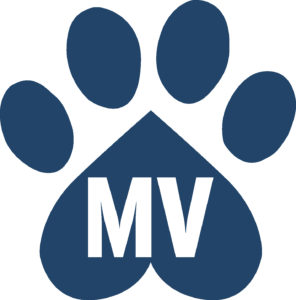 How do you deal with this issue? Jump on the Learn2GroomDogs.com Facebook page and tell us what works for you.
How do you deal with this issue? Jump on the Learn2GroomDogs.com Facebook page and tell us what works for you.

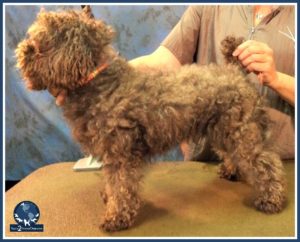

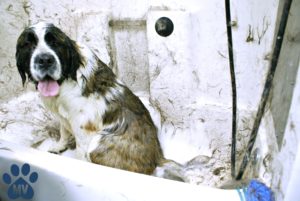
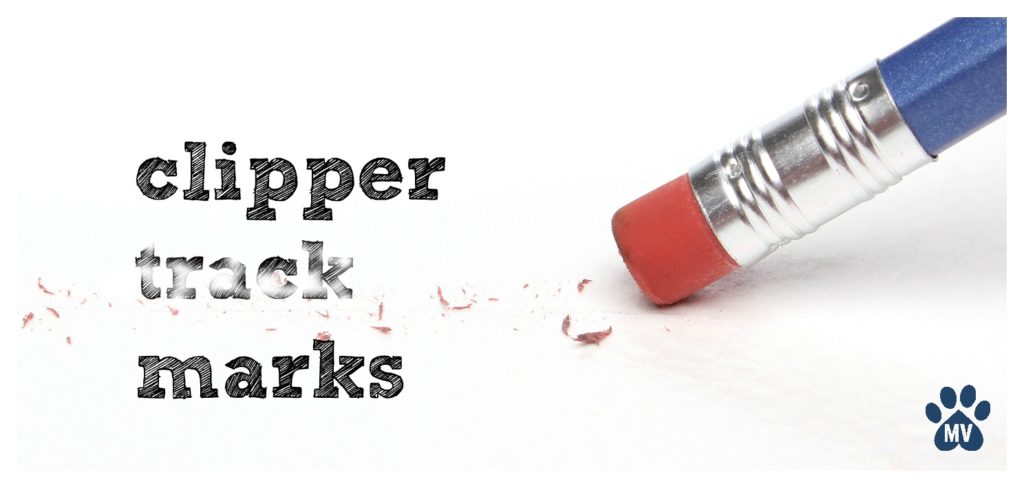
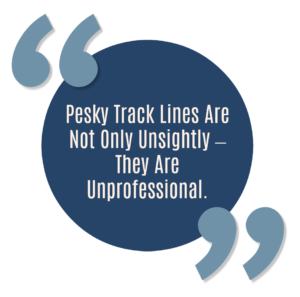
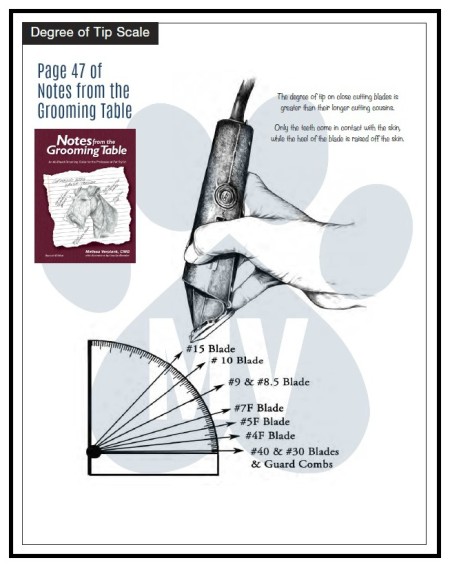
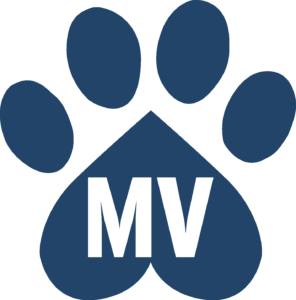

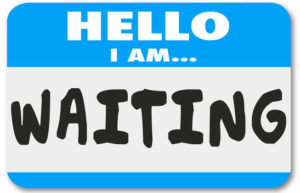
 Are there exceptions to your rules? Absolutely.
Are there exceptions to your rules? Absolutely.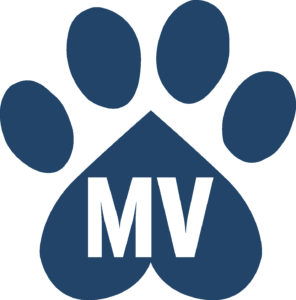 How do you deal with this issue?
How do you deal with this issue? 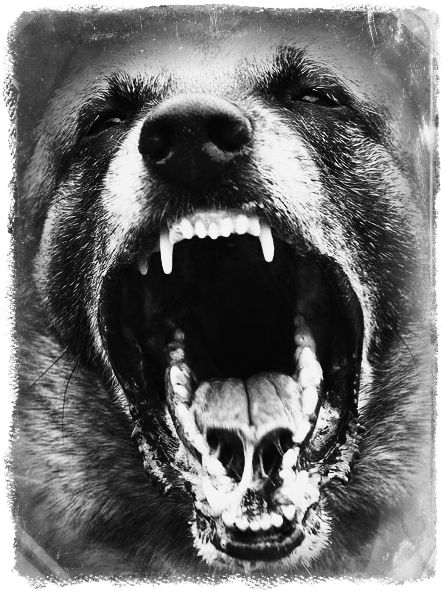
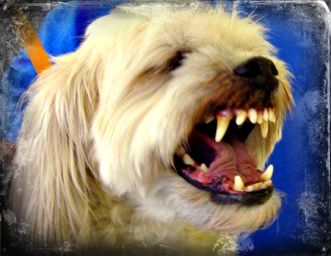 Weigh out the risks. Whenever you need to decline service to a client, it’s an uncomfortable situation. But the alternative is much, much worse. Telling an owner their pet has been seriously hurt or died in your salon it the most difficult task you will have to address. You want to avoid that at all costs – even if it makes the client angry or upset.
Weigh out the risks. Whenever you need to decline service to a client, it’s an uncomfortable situation. But the alternative is much, much worse. Telling an owner their pet has been seriously hurt or died in your salon it the most difficult task you will have to address. You want to avoid that at all costs – even if it makes the client angry or upset.

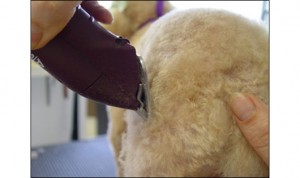
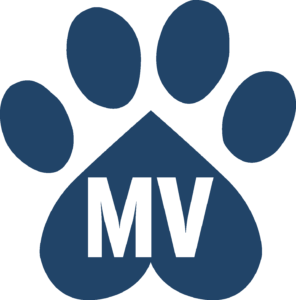
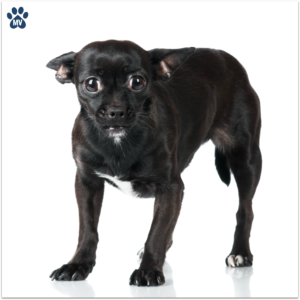 In my years of teaching new pet groomers, I’ve seen hundreds of dogs take advantage of a new students. Dogs pull, squirm, whine, snarl… and bite. I’ve seen many students frustrated to the point of tears.
In my years of teaching new pet groomers, I’ve seen hundreds of dogs take advantage of a new students. Dogs pull, squirm, whine, snarl… and bite. I’ve seen many students frustrated to the point of tears. Deep breathing can release stress and provide other noticeable health benefits. You will likely feel calmer after performing deep breathing exercises, and may trade feelings of anger or fear for a focused, relaxed state of mind. Most dogs will totally gravitate to this energy in a very positive way.
Deep breathing can release stress and provide other noticeable health benefits. You will likely feel calmer after performing deep breathing exercises, and may trade feelings of anger or fear for a focused, relaxed state of mind. Most dogs will totally gravitate to this energy in a very positive way.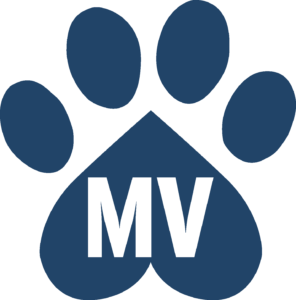
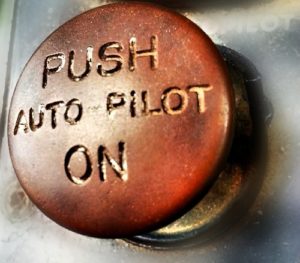 Grooming systems allow us to go on autopilot. When we’re on autopilot, we can focus on the thing that matters the most – pets!
Grooming systems allow us to go on autopilot. When we’re on autopilot, we can focus on the thing that matters the most – pets!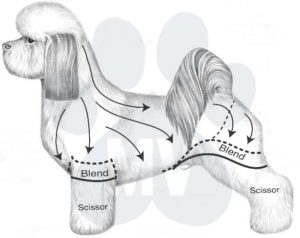 Here’s my basic grooming routine on all my six-week or less clients who get a fuller styled leg trim.
Here’s my basic grooming routine on all my six-week or less clients who get a fuller styled leg trim.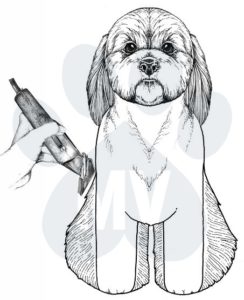 Legs:
Legs: 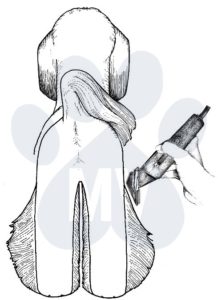 The rear leg will be the same (with a few variances) to help establish the angles of the rear assembly. When doing the guard comb work, I sweep the clipper over the hip and rump area and feather off towards the stifle. This helps establish the angulation on the rear leg.
The rear leg will be the same (with a few variances) to help establish the angles of the rear assembly. When doing the guard comb work, I sweep the clipper over the hip and rump area and feather off towards the stifle. This helps establish the angulation on the rear leg.
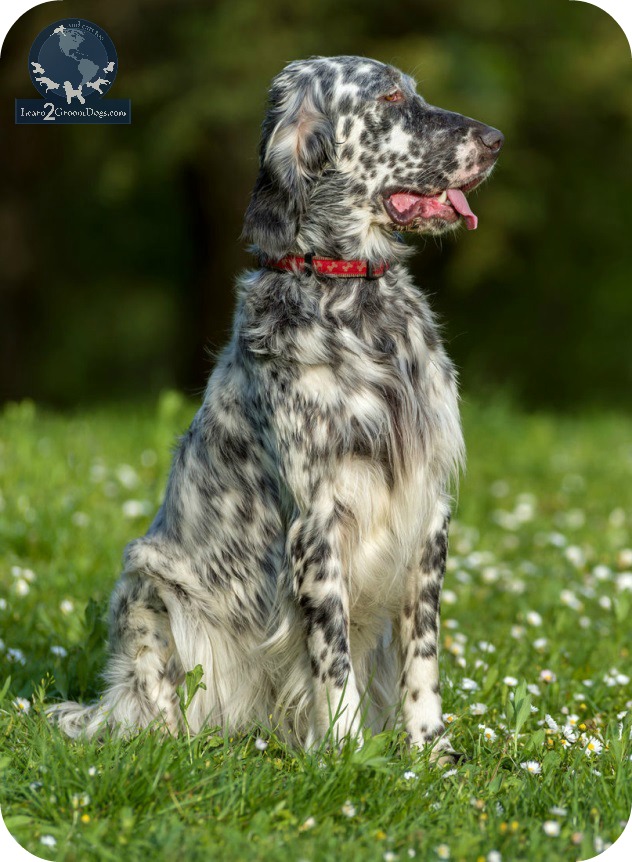 Excellent grooming starts always starts with a firm understating of canine anatomy. It is the FOUNDATION of all grooming.
Excellent grooming starts always starts with a firm understating of canine anatomy. It is the FOUNDATION of all grooming.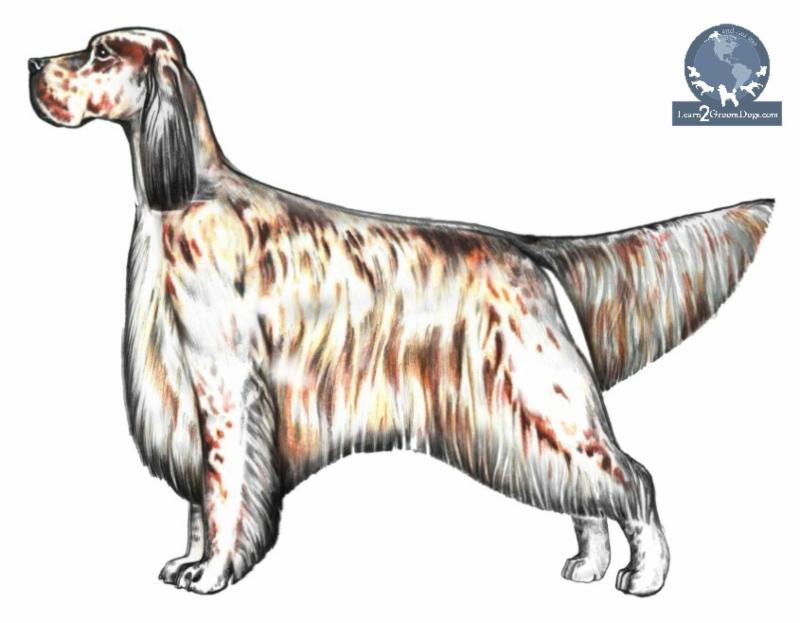 The Essence of the Breed
The Essence of the Breed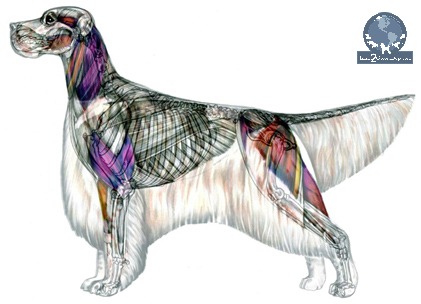 Landmarks for Grooming & Styling
Landmarks for Grooming & Styling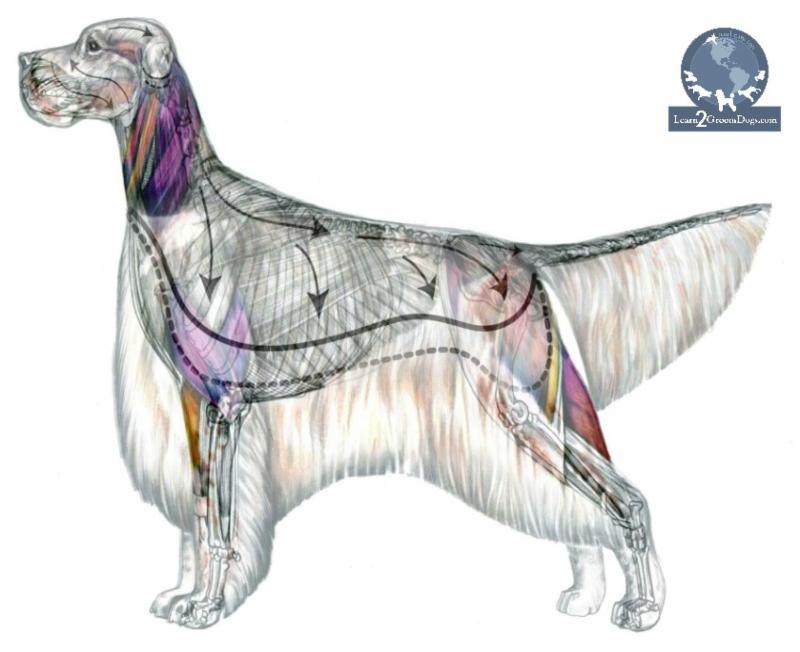 Shoulder: Use the turn of the muscle at the shoulder to set the jacket pattern on the body.
Shoulder: Use the turn of the muscle at the shoulder to set the jacket pattern on the body. All these areas are natural landmarks used as reference points on any breed. When you combine anatomy with the official breed standard for any purebred dog, you have knowledge. You can use this understanding to accentuate the proper structure of the English Setter.
All these areas are natural landmarks used as reference points on any breed. When you combine anatomy with the official breed standard for any purebred dog, you have knowledge. You can use this understanding to accentuate the proper structure of the English Setter.